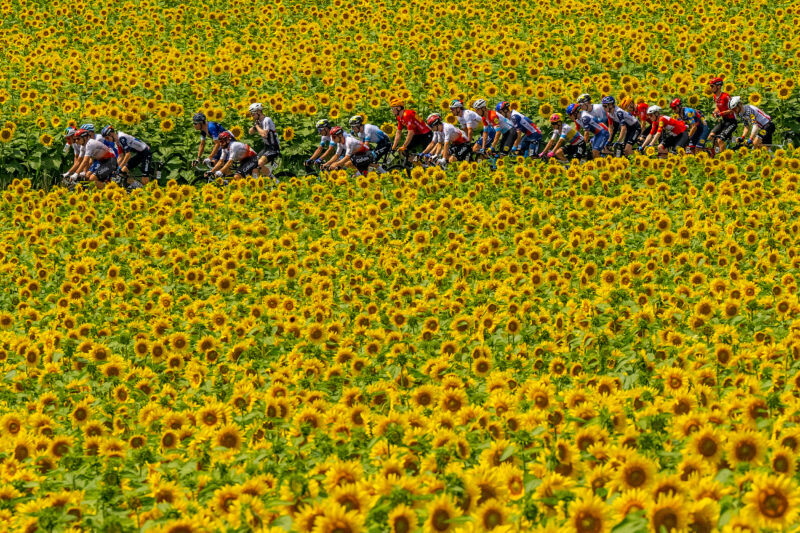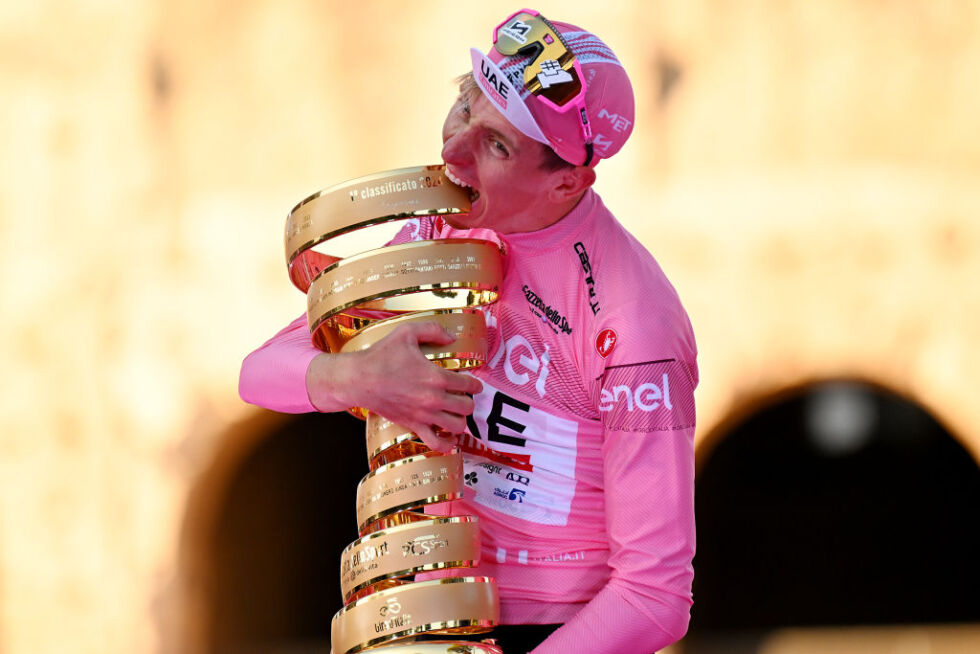
David Ramos/Getty Images
Most readers probably did not anticipate seeing a Tour de France preview on Ars Technica, but here we are. Cycling is a huge passion of mine and several other staffers, and this year, a ton of intrigue surrounds the race, which has a fantastic route. So we’re here to spread Tour fever.
The three-week race starts Saturday, paradoxically in the Italian region of Florence. Usually, there is a dominant rider, or at most two, and a clear sense of who is likely to win the demanding race. But this year, due to rider schedules, a terrible crash in early April, and new contenders, there is more uncertainty than usual. A solid case could be made for at least four riders to win this year’s Tour de France.
For people who aren’t fans of pro road cycling—which has to be at least 99 percent of the United States—there’s a great series on Netflix called Unchained to help get you up to speed. The second season, just released, covers last year’s Tour de France and introduces you to most of the protagonists in the forthcoming edition. If this article sparks your interest, I recommend checking it out.
Anyway, for those who are cycling curious, I want to set the stage for this year’s race by saying a little bit about the four main contenders, from most likely to least likely to win, and provide some of the backstory to what could very well be a dramatic race this year.
Tadej Pogačar

Tim de Waele/Getty Images
- Slovenia
- 25 years old
- UAE Team Emirates
- Odds: -190
Pogačar burst onto the scene in 2019 at the very young age of 20 by finishing third in the Vuelta a España, one of the three grand tours of cycling. He then went on to win the 2020 and 2021 Tours de France, first by surprising fellow countryman Primož Roglič (more on him below) in 2020 and then utterly dominating in 2021. Given his youth, it seemed he would be the premiere grand tour competitor for the next decade.
But then another slightly older rider, a teammate of Roglič’s named Jonas Vingegaard, emerged in 2022 and won the next two races. Last year, in fact, Vingegaard cracked Pogačar by 7 minutes and 29 seconds in the Tour, a huge winning margin, especially for two riders of relatively close talent. This established Vingegaard as the alpha male of grand tour cyclists, having proven himself a better climber and time trialist than Pogačar, especially in the highest and hardest stages.
So this year, Pogačar decided to change up his strategy. Instead of focusing on the Tour de France, Pogačar participated in the first grand tour of the season, the Giro d’Italia, which occurred in May. He likely did so for a couple of reasons. First of all, he almost certainly received a generous appearance fee from the Italian organizers. And secondly, riding the Giro would give him a ready excuse for not beating Vingegaard in France.
Why is this? Because there are just five weeks between the end of the Giro and the start of the Tour. So if a rider peaks for the Giro and exerts himself in winning the race, it is generally thought that he can’t arrive at the Tour in winning form. He will be a few percent off, not having ideal preparation.
Predictably, Pogačar smashed the lesser competition at the Giro and won the race by 9 minutes and 56 seconds. Because he was so far ahead, he was able to take the final week of the race a bit easier. The general thinking in the cycling community is that Pogačar is arriving at the Tour in excellent but not peak form. But given everything else that has happened so far this season, the bettors believe that will be enough for him to win. Maybe.




















+ There are no comments
Add yours